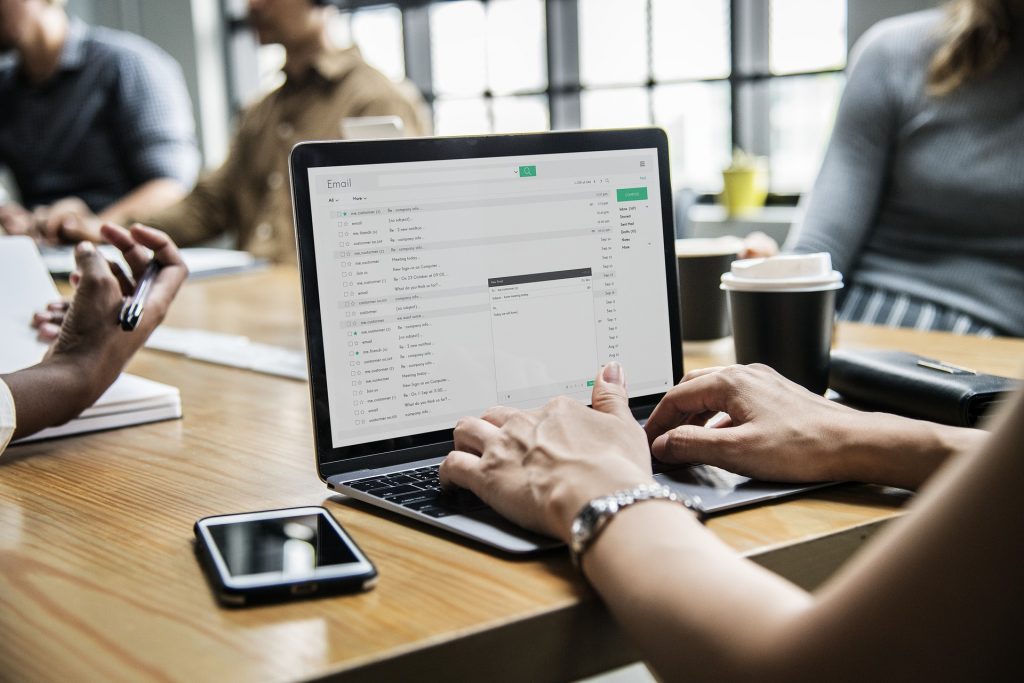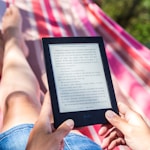The average office worker gets 121 emails a day.
It’s no wonder that we get through many days feelings like we’ve accomplished a lot only to discover that most of what we did was respond to and send email.
I’m reading a book called Make Time: How to Focus on What Matters Every Day by Jake Knapp and John Zeratsky, and it reminded me about how often email distracts us from doing the things that really matter in our day.
While I’ve written about Managing Your Email in the past, I decided it was time to revisit the topic. After all, email isn’t going away any time soon.

Reconsider Inbox Zero
Inbox Zero is a good idea if an empty inbox means you won’t be distracted by email for awhile, according to Knapp and Zeratsky. But it doesn’t really work this way for most of us. Instead, trying to get to an empty inbox becomes the work because every response we send results in another email. While it’s nice to see an empty inbox, it’s probably not the most effective use of your time. Knapp and Zeratsky recommend striving for Inbox Zero once a week, maybe on Friday, and putting time on your calendar to accomplish this goal.
Limit inboxes
It’s easier to manage your email if you minimize the locations where you receive mail. I used to have three email addresses—one for work, one for school and one for personal stuff. Now I sent everything to single Gmail account so I can review and process all of my email in one place.
Reduce your incoming email
There are many ways you can reduce the number of emails you receive without feeling like you’re missing information. Here are some:
- Unsubscribe to newsletters. Most of what I read now goes directly to my RSS Feed Reader. I choose when to read it, instead of it deciding for me by arriving in my inbox.
- Unsubscribe to unwanted items. You’re probably getting a lot of email from companies or organizations with which you no longer do business. Unsubscribing from these messages takes just a minute and will lessen your message stream. Try using unroll.me to do this simply. It allows you to unenroll to a bulk of items and put everything else in one daily email digest.
- Turn off notifications. You really don’t need an email each time you get a new follower on Twitter or someone messages you on Facebook. These messages just clog up your inbox and break up your workflow. Visit those sites on your own terms.
- Use filters. I like to shop and I love a good sale, but it’s not productive for me to shop all day, every day. I filtered all of my store-related emails into one folder. I go there when I plan to buy something and am looking for a sale or am just in the mood for online window shopping. Filters are a great way to still get desired emails without having them go into your inbox.
- Send fewer emails. Think about it… the fewer emails you send, the fewer responses you receive. Also, you’ll notice that coworkers, for example, are prone to bring up subjects they planned to email you about if you just walk down the hall for a chat.
Limit your email time
With so much email coming in, there’s pretty much always something in your inbox. By checking email throughout the day, you’re spending your time responding to what other people want or need from you instead of on what you really want to get done. Here are some tips for putting boundaries around email:
- Only check email at certain times of the day. One of the best ways to control email instead of vice versa is to limit the number of times you check it. Leo Babauta encourages readers of his book, The Power of Less (which I highly recommend reading), to check email twice a day. He checks his at 10 a.m. and 4 p.m., although he admits these times may not work for everyone.
- Don’t check email first thing in the morning. This is another common productivity tip. Email really consists of people wanting you to answer questions or do things for them (This probably is why I don’t like it.). Therefore, checking it first thing in the morning means you’re allowing other people to dictate the flow of your day, instead of focusing on your most important tasks.
- Turn off email alerts. If you hear a ding or see a pop-up each time you receive an email, your workflow constantly will be compromised. This means every task will take you longer to complete and none of them are likely to have your full attention. Plus, the constant dinging of your email will annoy anyone around who can hear your computer. Do yourself a favor and turn it off.
- Schedule email time. Knapp and Zeratsky recommend that you put email time on your calendar. This will allow you not to worry about email while you’re working on important tasks because you know when you’ll be checking it. It also will help you limit the amount of time you spend on email to what you’ve allotted on your calendar.
- Send fewer emails. Here it is again! Perhaps the best way to limit the amount of time you spend on email is just to spend less time. The fewer emails you send, the less time you spend writing them. The fewer emails you send, the fewer you receive. This equates to less time reading, processing and responding. Plus, you may actually build relationships by talking with people instead of just emailing them. Talk about a winning situation!
Slow your roll
Perhaps some of the most interesting advice from Knapp and Zeratsky involves slowing down your response to email messages. The authors argue that less focus on email checking and responding means more time for tasks that really matter. They give the following advice:
- Pretend messages are letters. Snail mail gets delivered once a day and sits around until you’re ready to deal with it. The authors argue that the majority of communication works that way, and we should think of email as what it is, mail via technology.
- Be slow to respond. Change your email mentality from responding as quickly as possible to responding as slowly as you can get away with. Each time you check your email, you are sending a message that you will give your time to any random person to needs it right then, instead of to your most important task, according to the authors.
- Reset expectations. Let colleagues know that you’re working on an important project and will answer email as soon as you can. This helps reset their expectations of an immediate response. You also can set an auto reply that tells people this and when you’re likely to respond.
Email is a necessary form of professional communication. It has made communication much more effective in many ways. But allowing email to manage us instead of managing it decreases our effectiveness and productivity. Not all of the advice listed above is feasible in every situation. We should all think about what works best for us and try to implement some change.



Leave a Reply